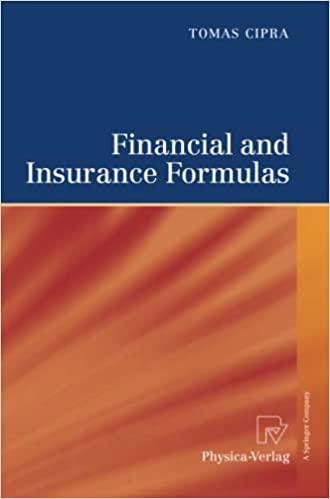Question
Consider the following application of monopolistic competition in trade. Firms in an industry face monopolistic competition and the (residual) demand function facing a fifirm is:
Consider the following application of monopolistic competition in trade. Firms in an industry
face monopolistic competition and the (residual) demand function facing a fifirm is:

where Q is the quantity of output demanded, S is the total output of the industry, n is the number of
firms in the industry, b is a positive constant term representing the responsiveness of a firm's sales to
its price, P is the price charged by the firm itself, and P is the average price charged by firms in this
industry. Firms are small, so each firm treats P as given ( a fifirm does not think its own pricing strategy
changes P).
Each fifirm faces the same residual demand curve. They also have the same fixed cost F. Firm i faces a
constant marginal cost ci .
(a). Now suppose Home country signs a free-trade agreement with another country, which
gives them market access to Foreign country. The total market demand in Foreign is S' . There are
n' firms in Foreign country. Assume that P does not change after the free-trade agreement.
Immediately following the free-trade agreement (take n' as given), some Home firms exit the market.
Find the range of costs of firms that exit. Will there be Home firms that earn higher profits? If yes,
find the range of costs for firms that earn higher profit after the free-trade agreement. Will there
be Home firms that earn lower profits? If yes, find the range of costs for those firms that earn lower
profits after the free-trade agreement.
Note: if you have difficulty simplifying some equation(s) to get a clean expression of marginal cost,
you can just list the equation(s) necessary to solve for the marginal cost/range of marginal cost.
You will still get full credit if the condition listed is correct.
(b). Does your finding in the previous part (part (f)) make sense? Is it consistent with your
intuition or observations in real life?
Note: You do not need to support your conclusion with data. Anecdotal evidence is sufficient
Q=S[n1b(PP)]Step by Step Solution
There are 3 Steps involved in it
Step: 1

Get Instant Access to Expert-Tailored Solutions
See step-by-step solutions with expert insights and AI powered tools for academic success
Step: 2

Step: 3

Ace Your Homework with AI
Get the answers you need in no time with our AI-driven, step-by-step assistance
Get Started


